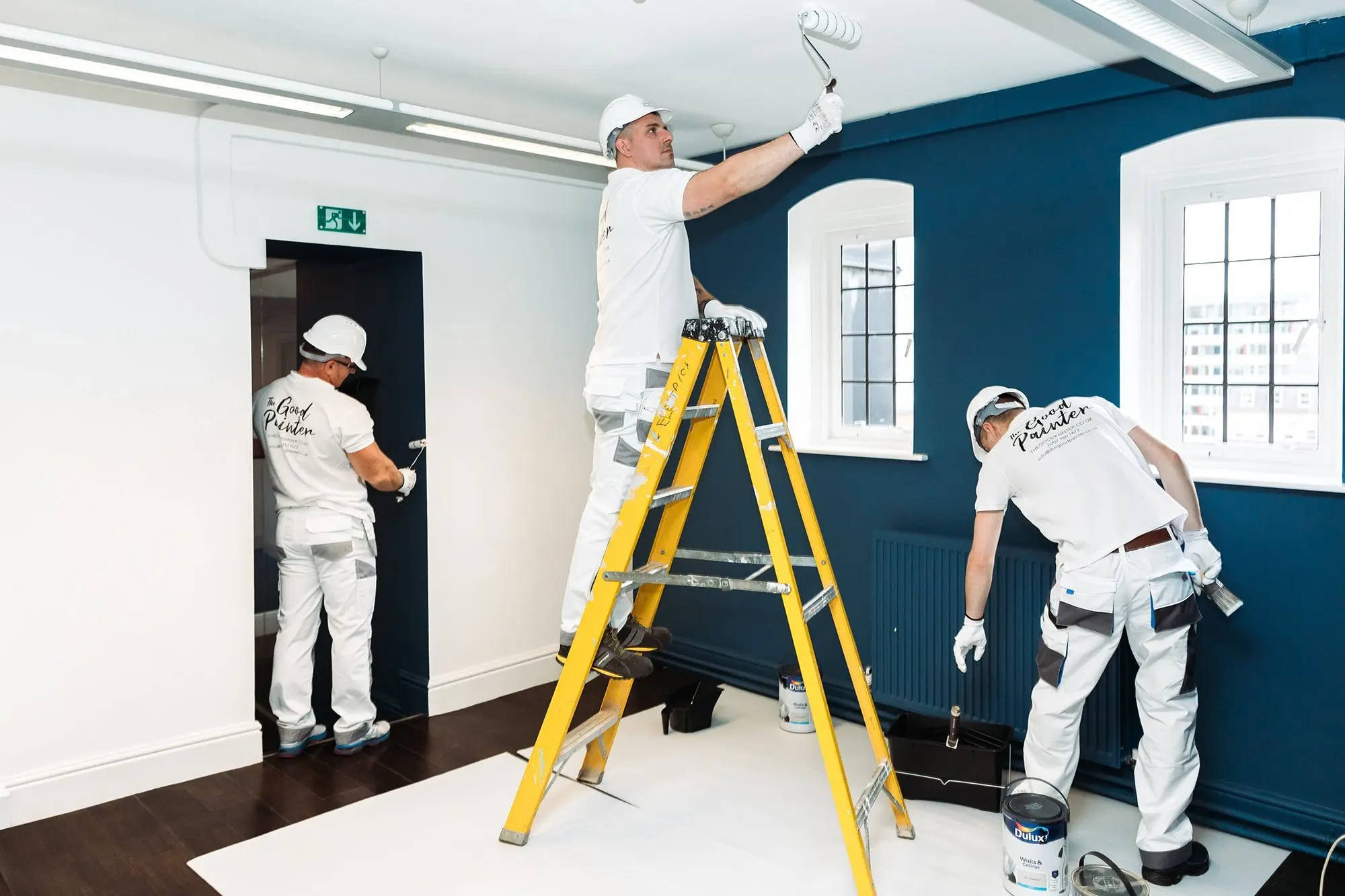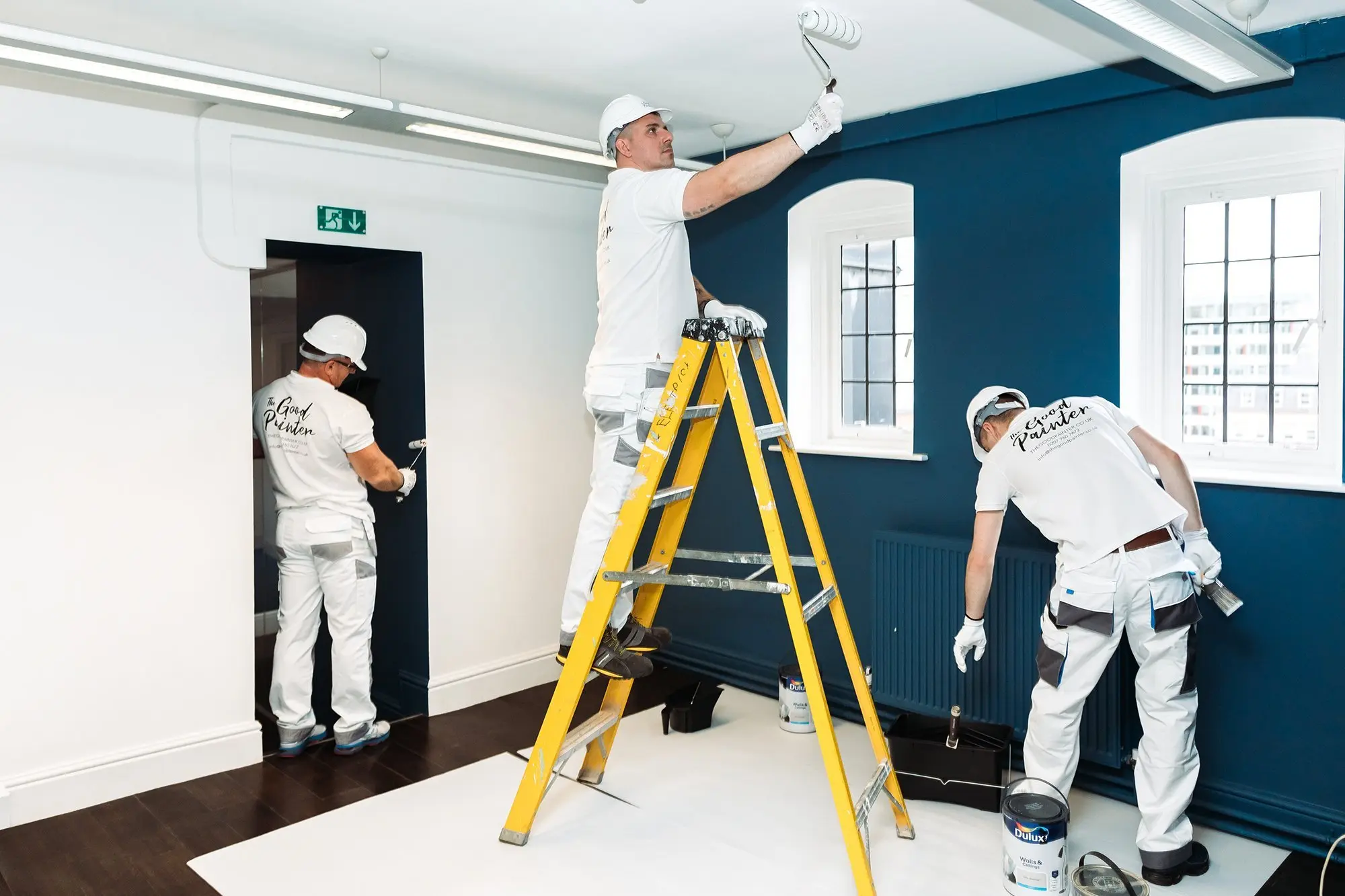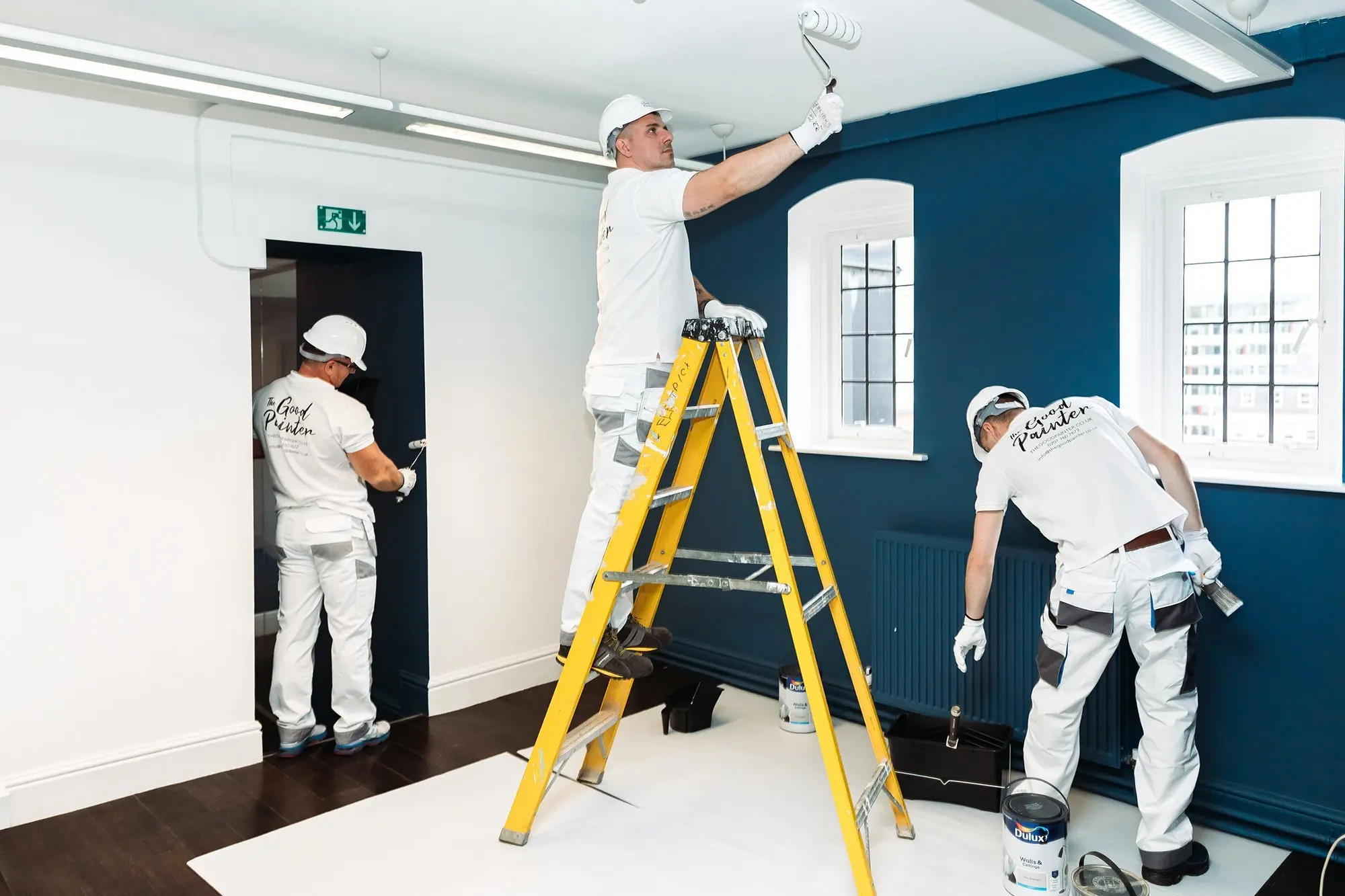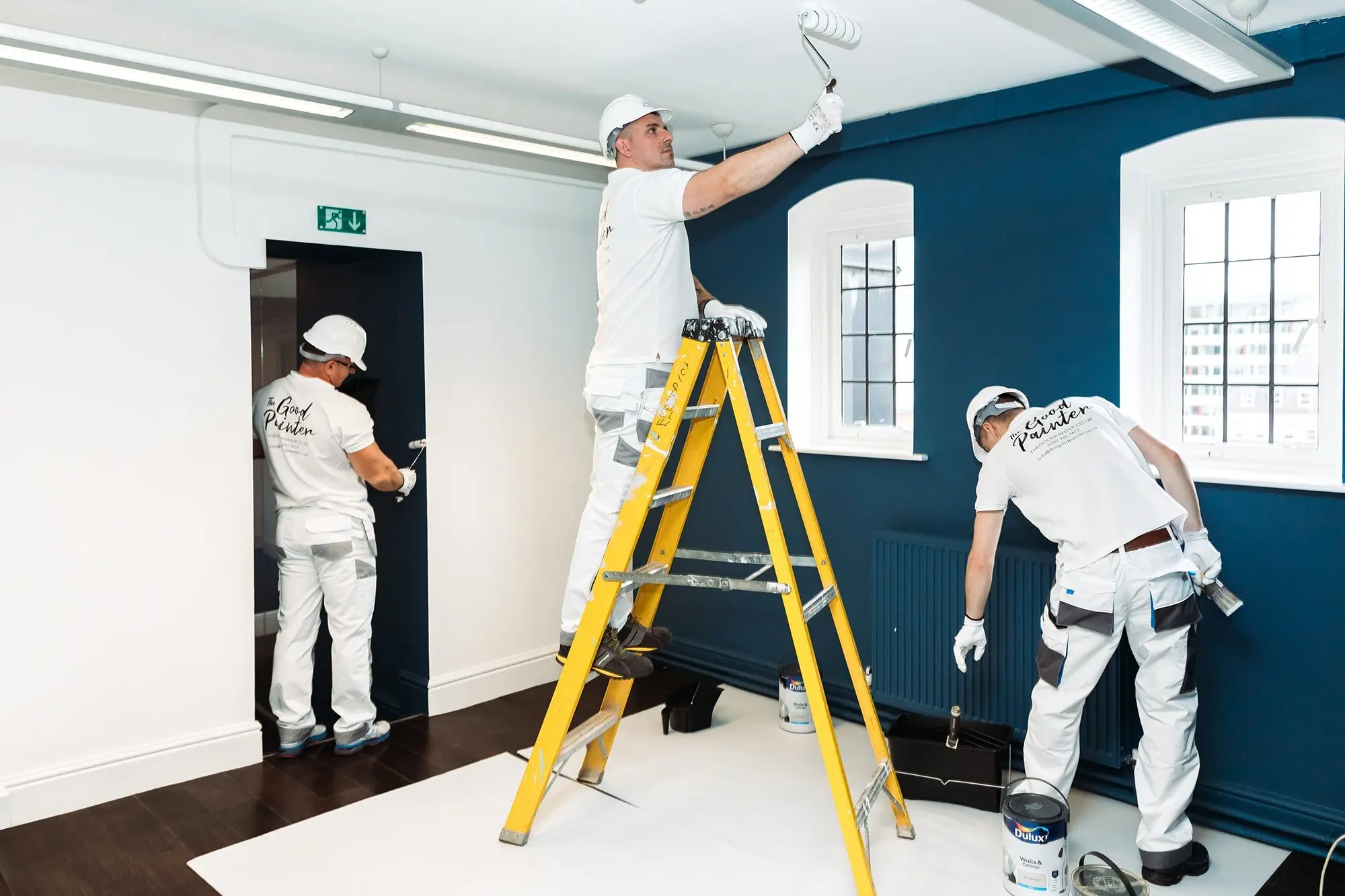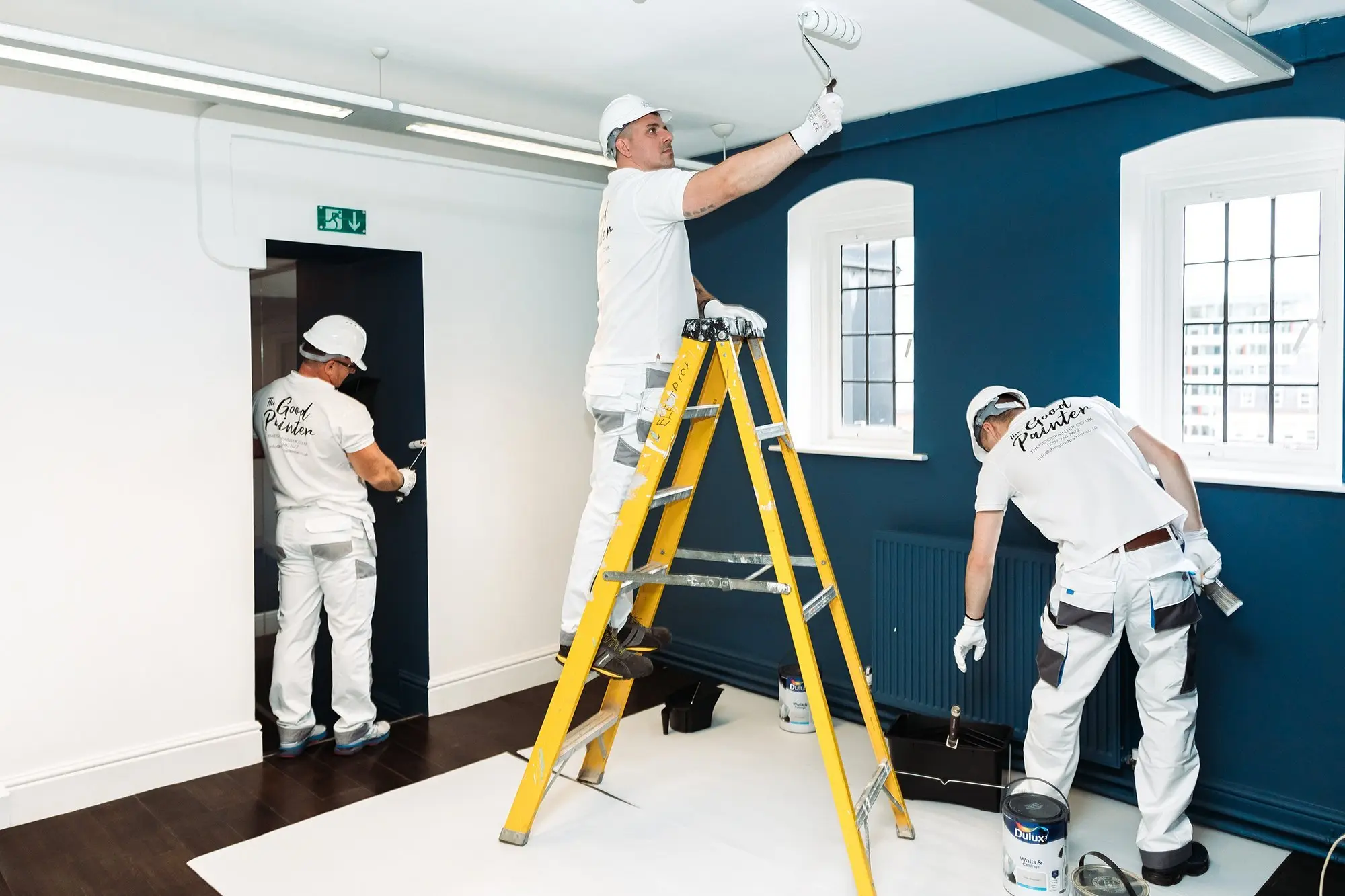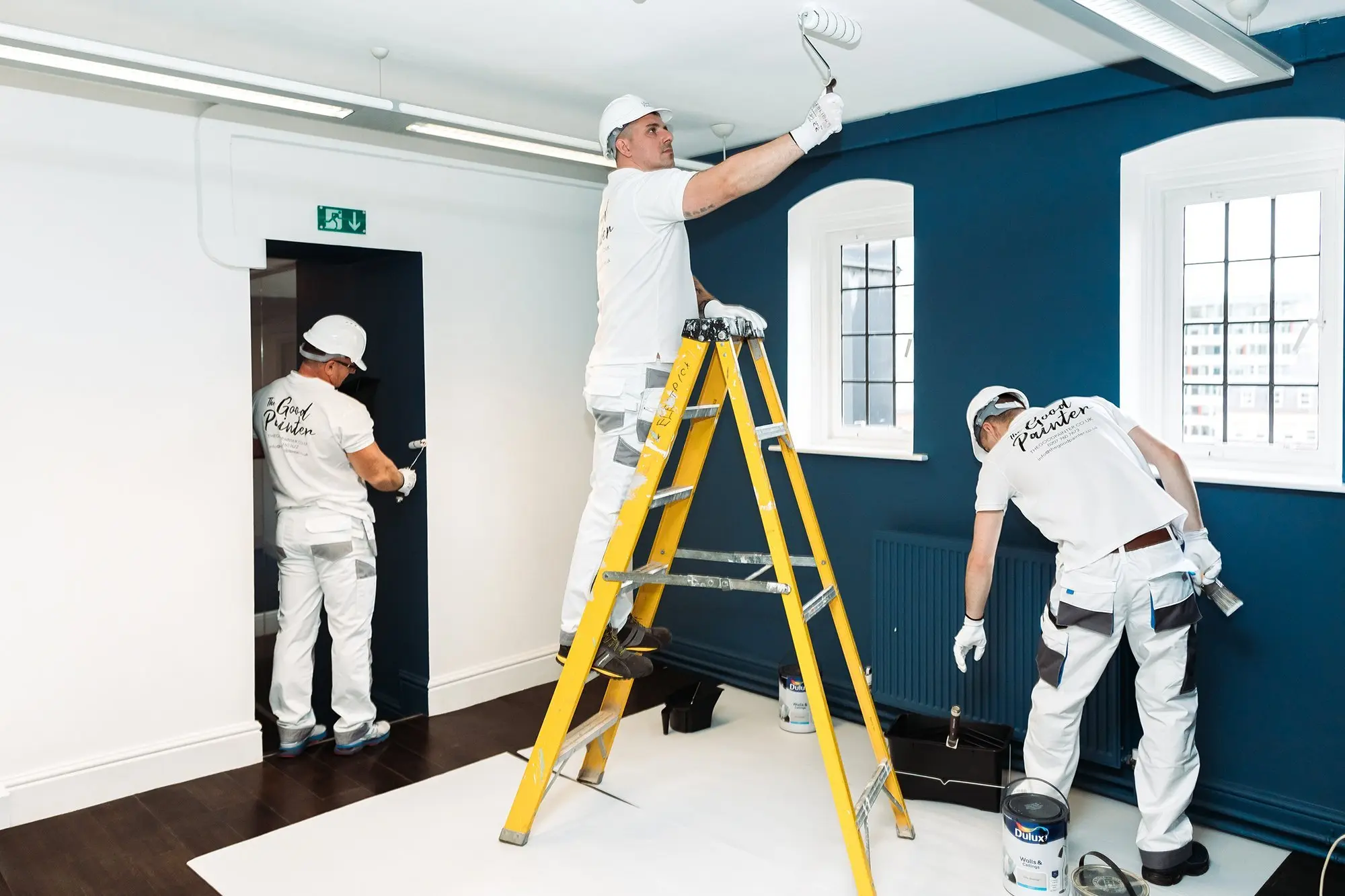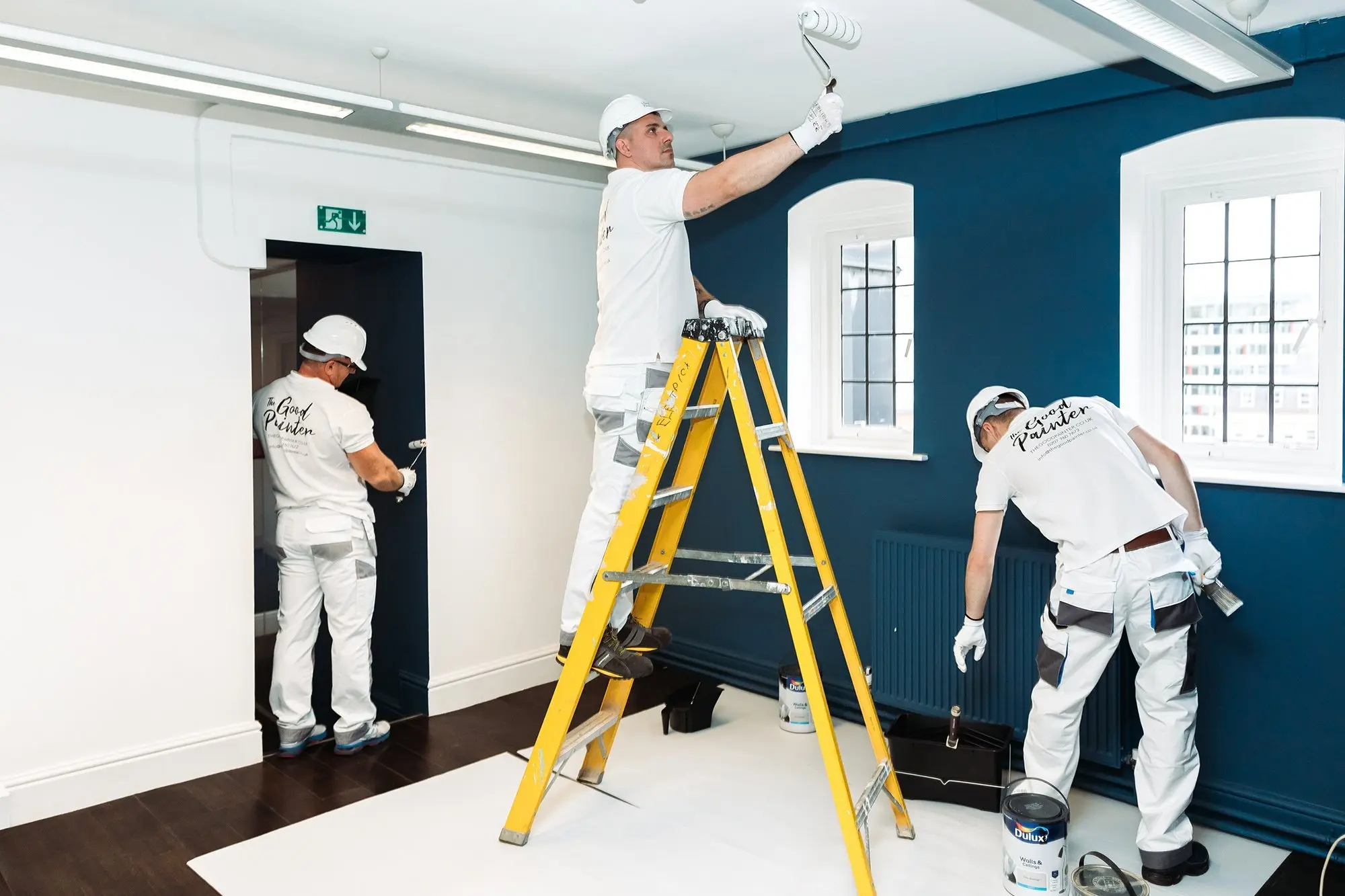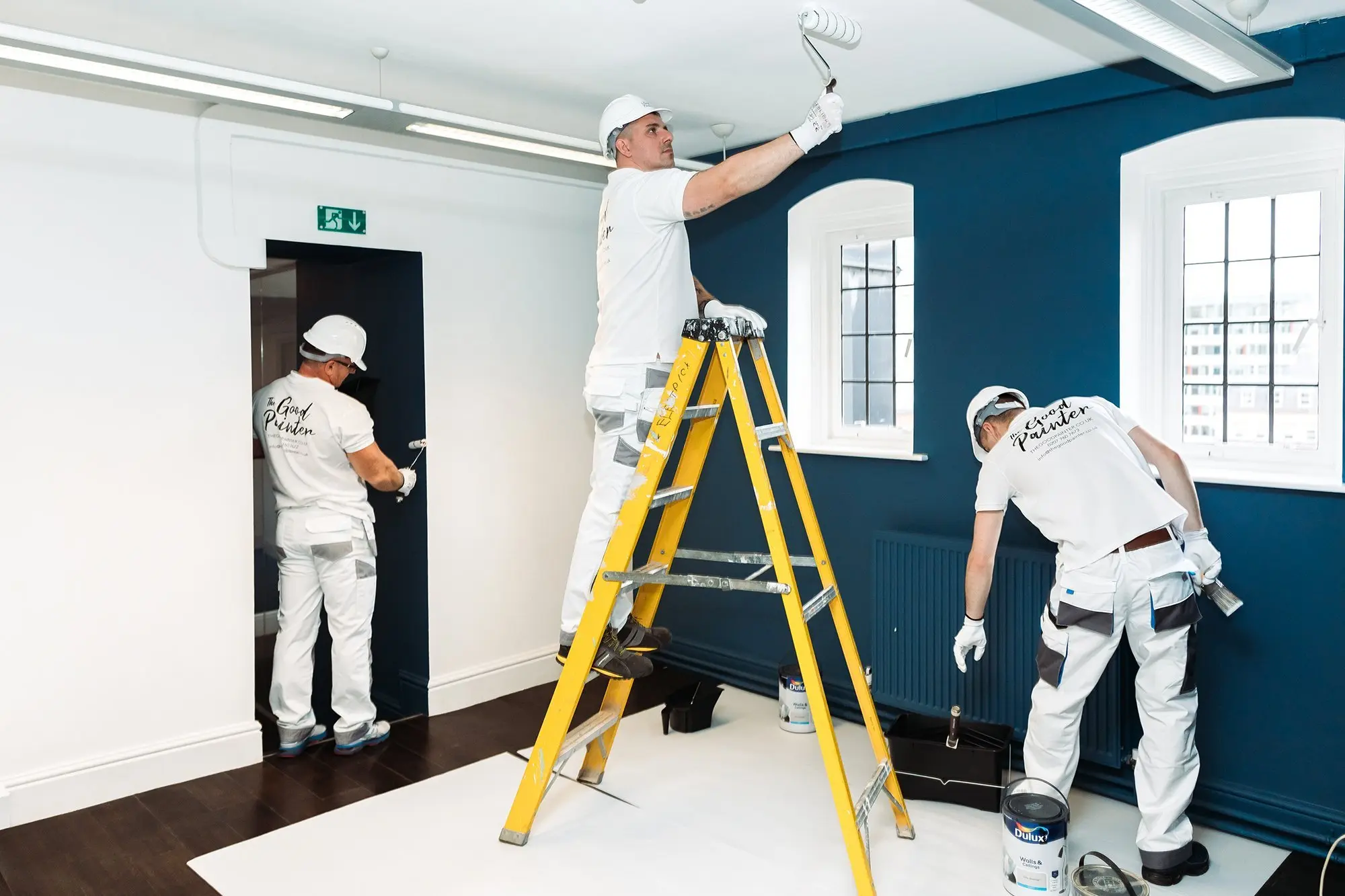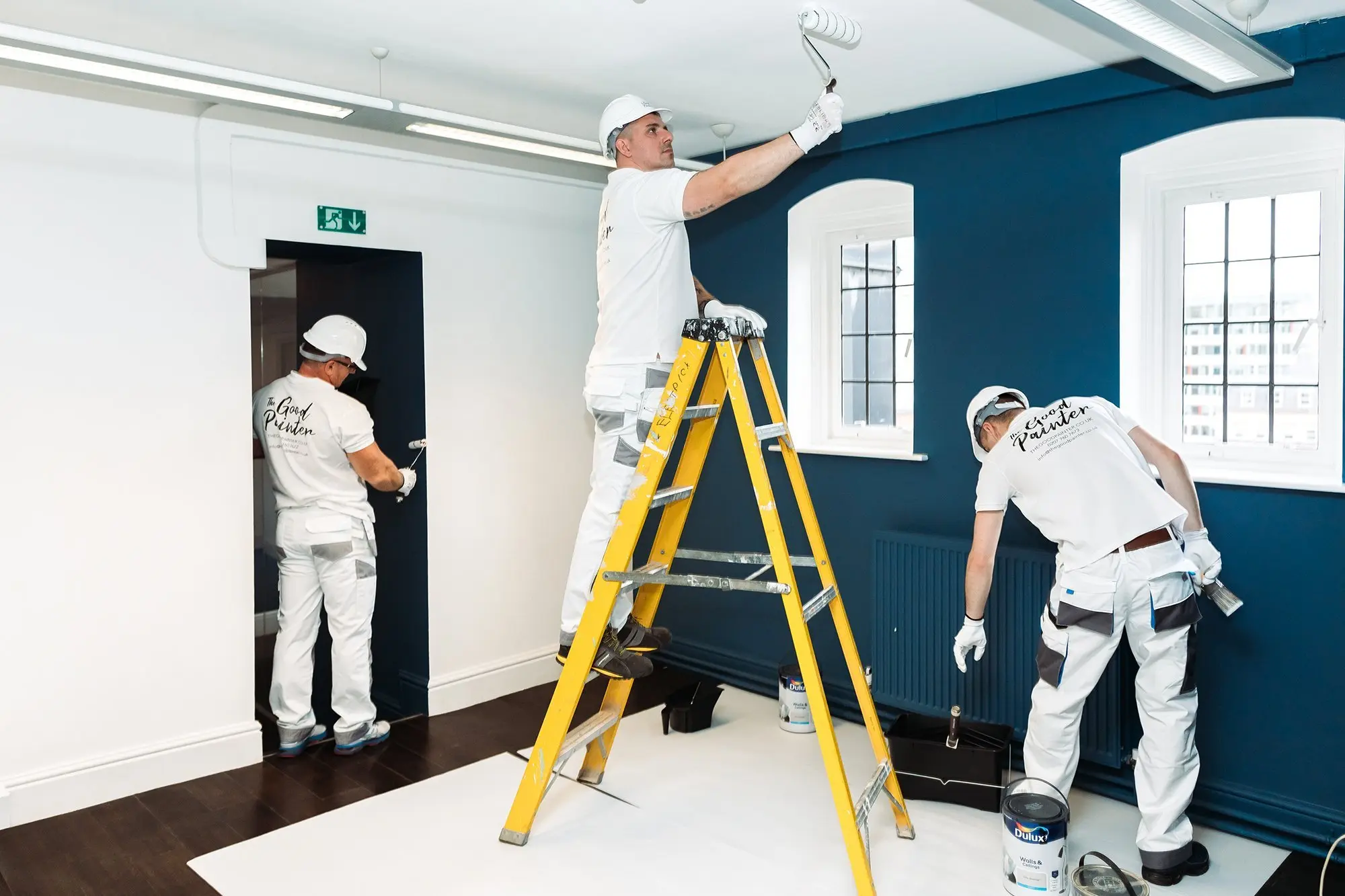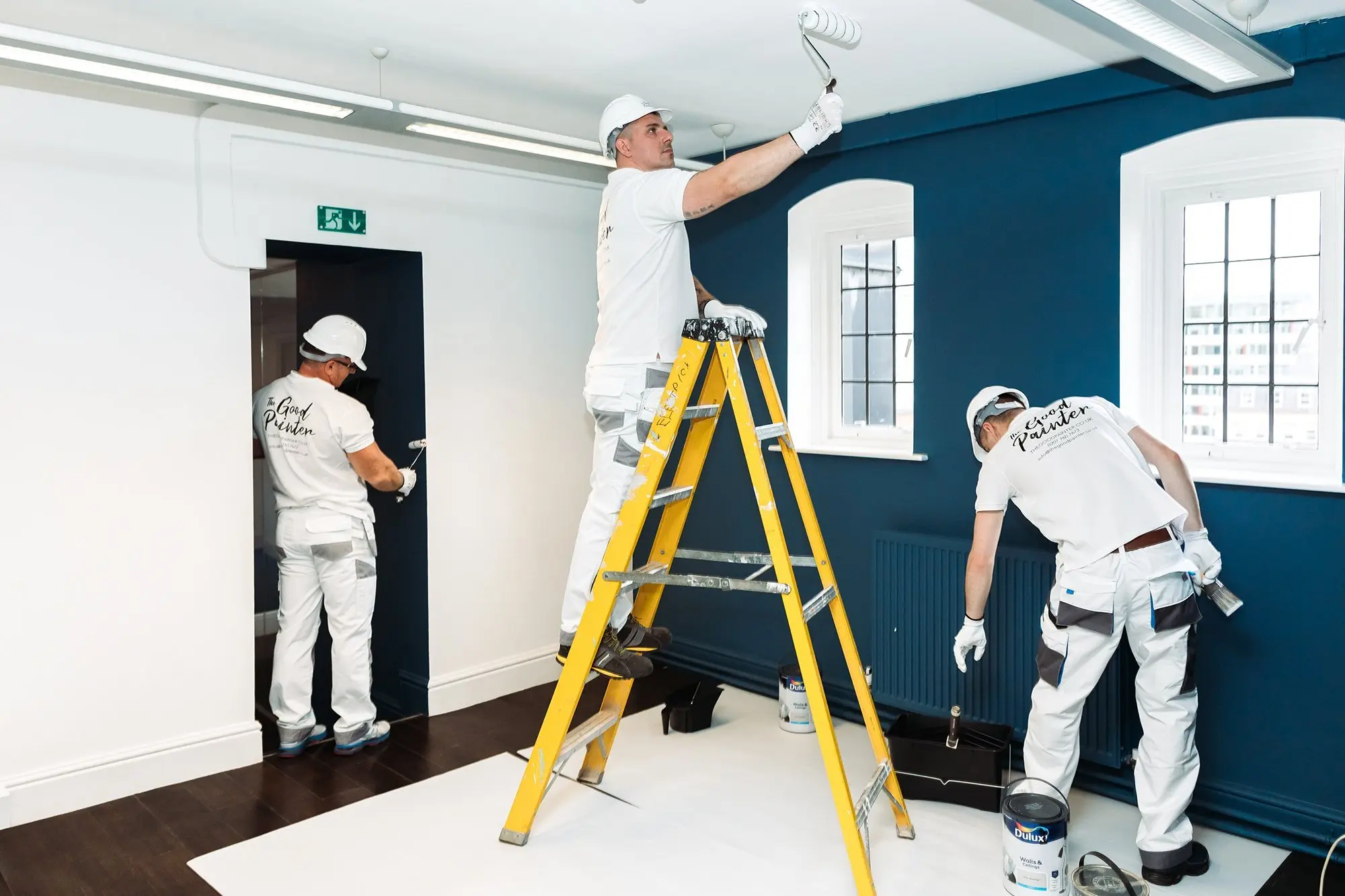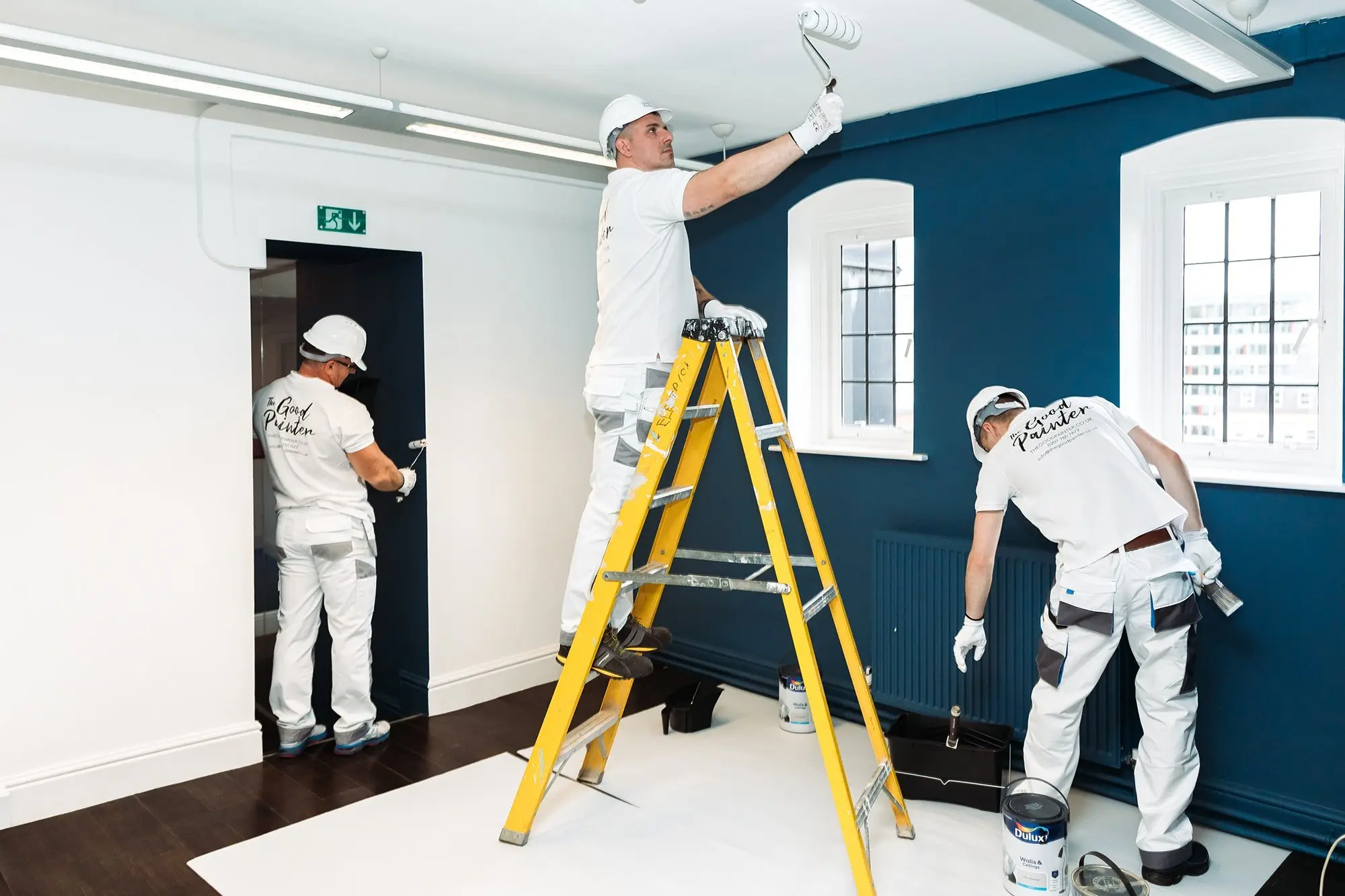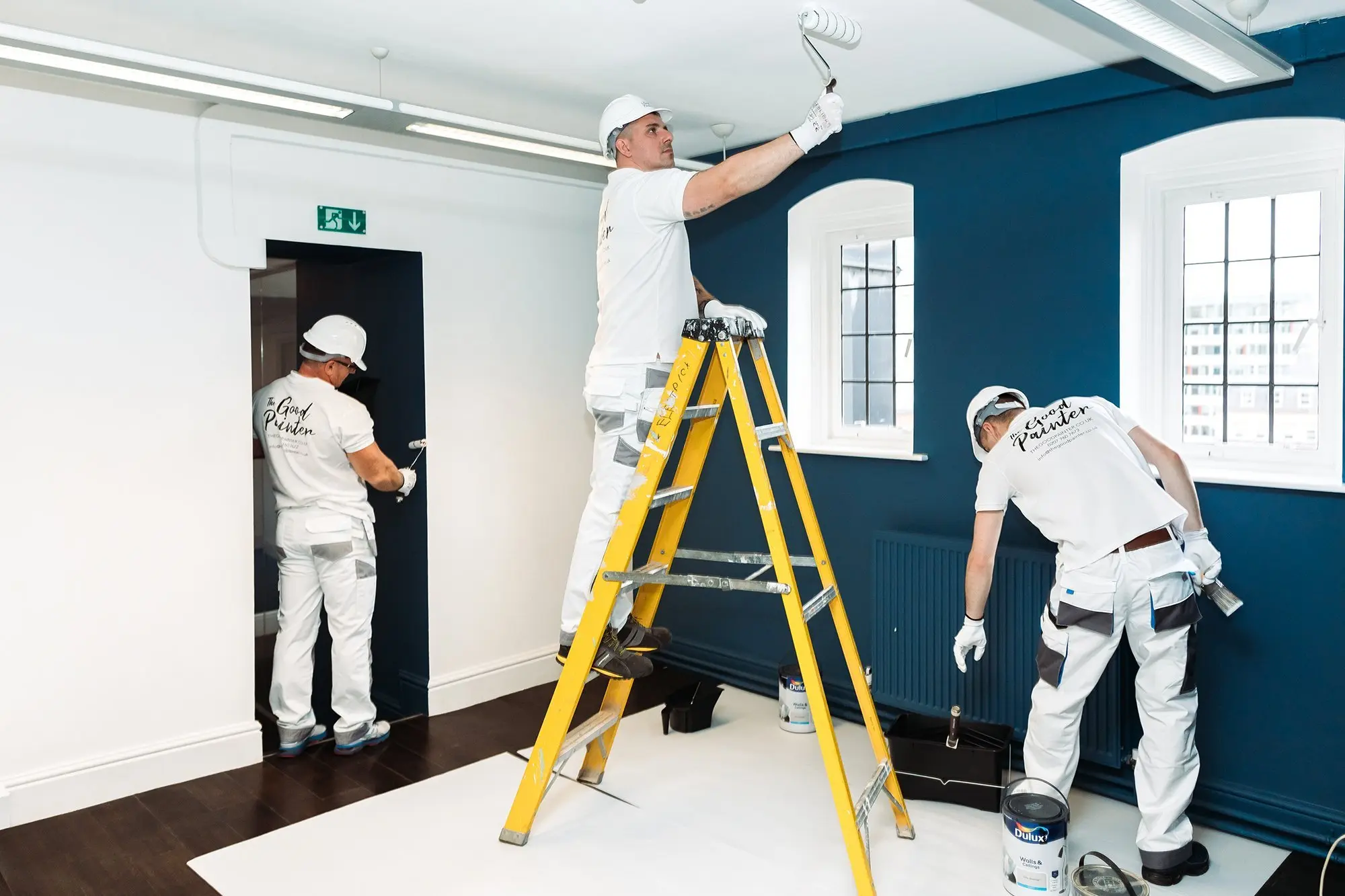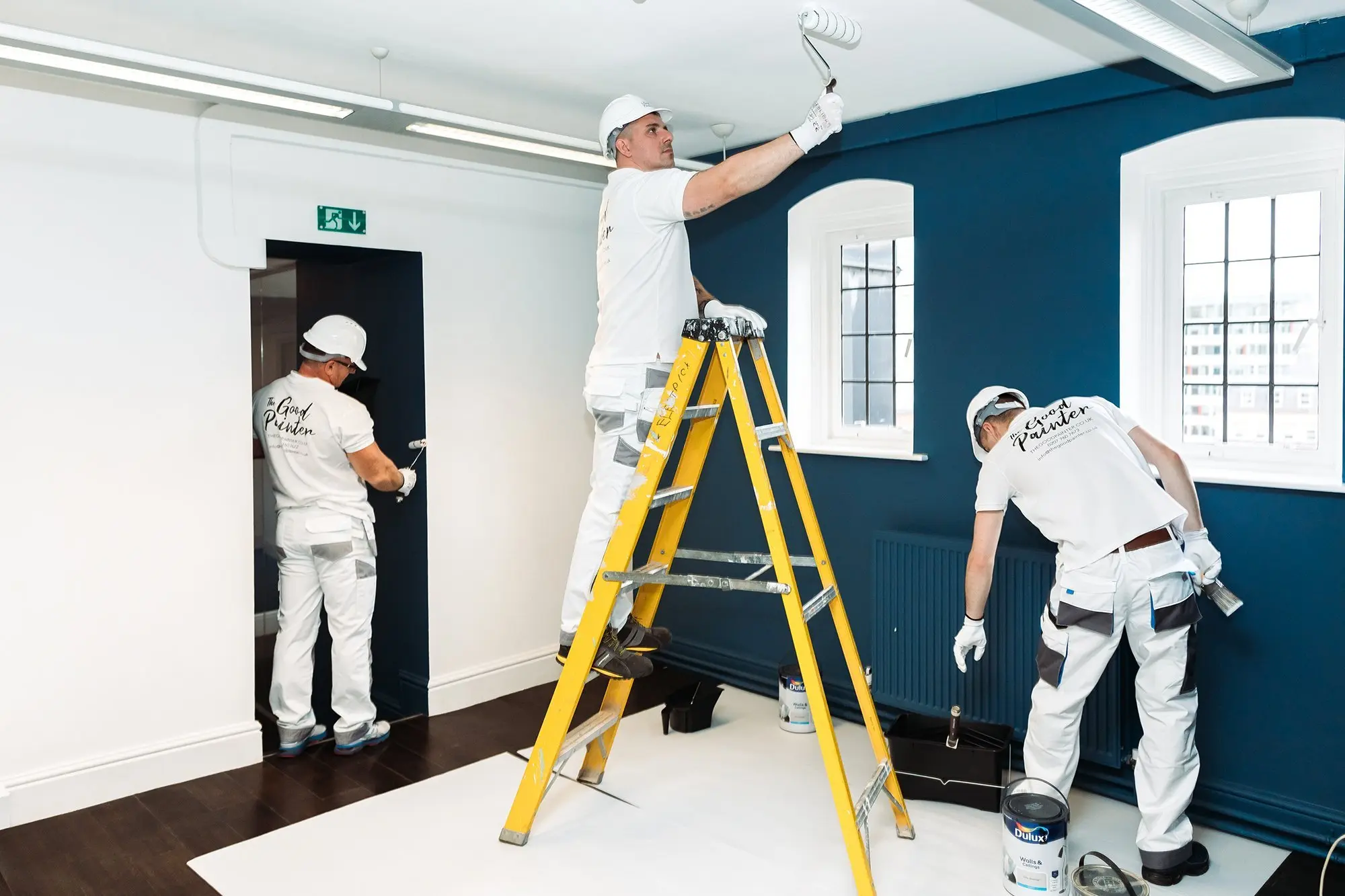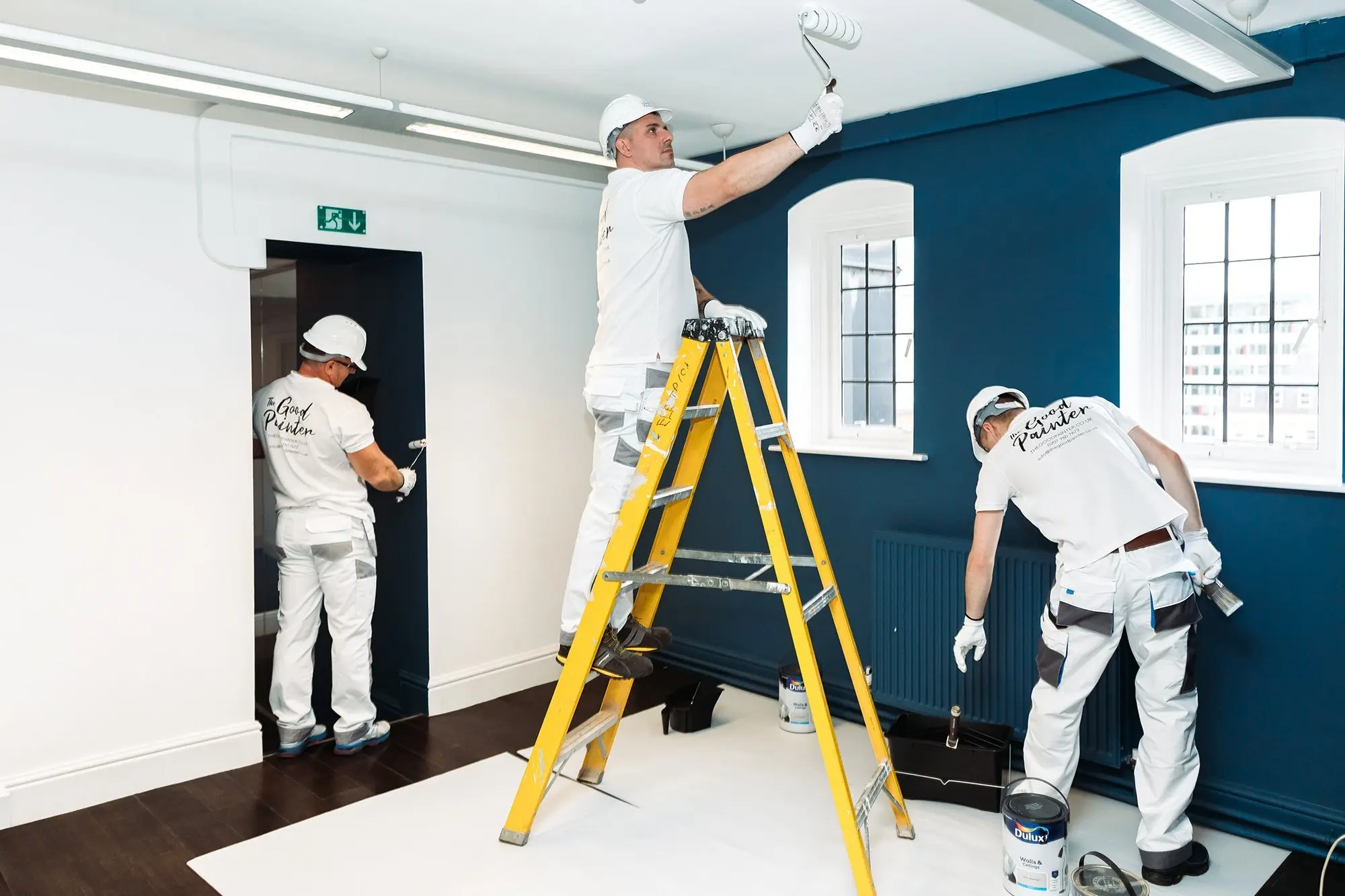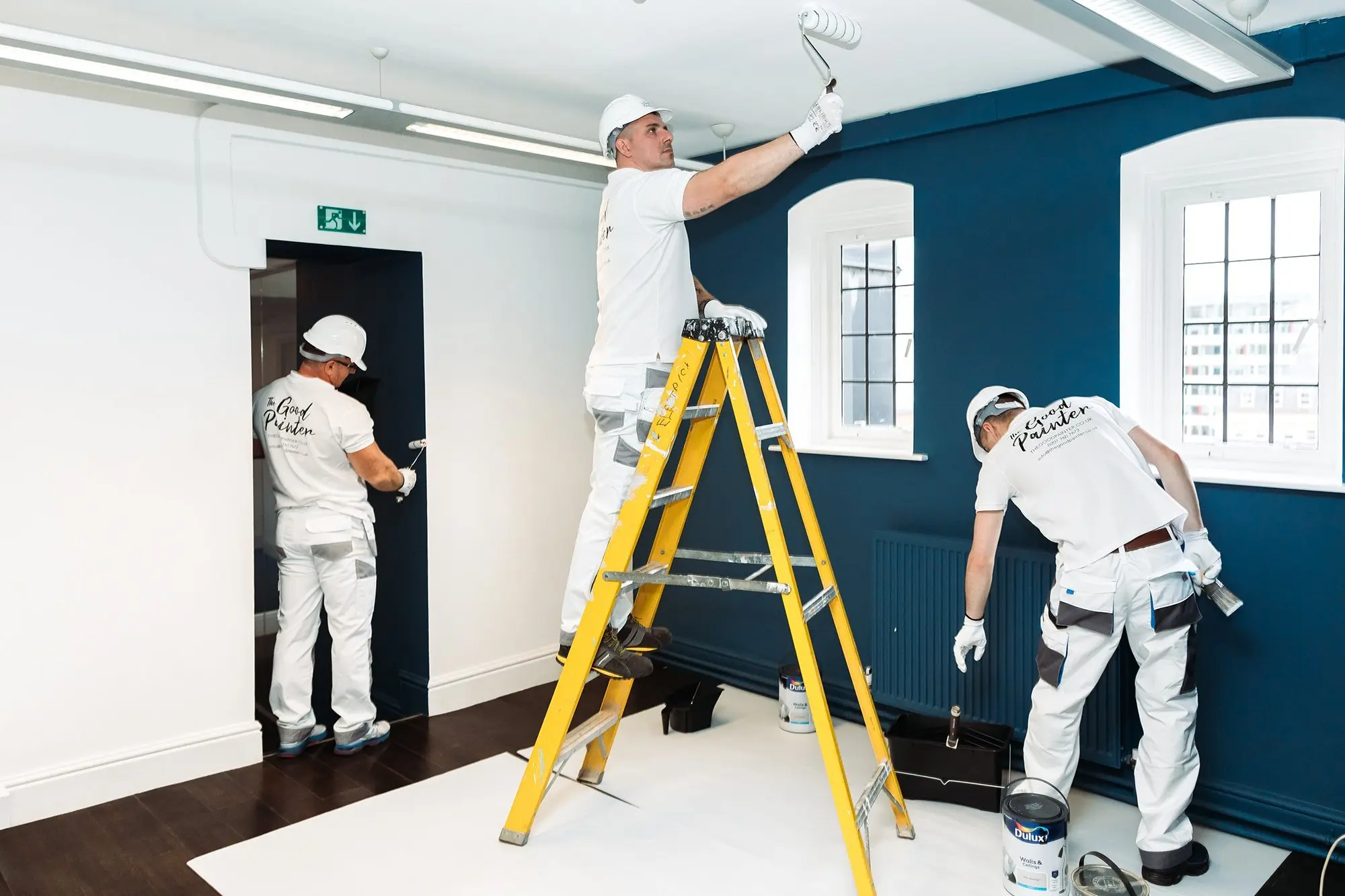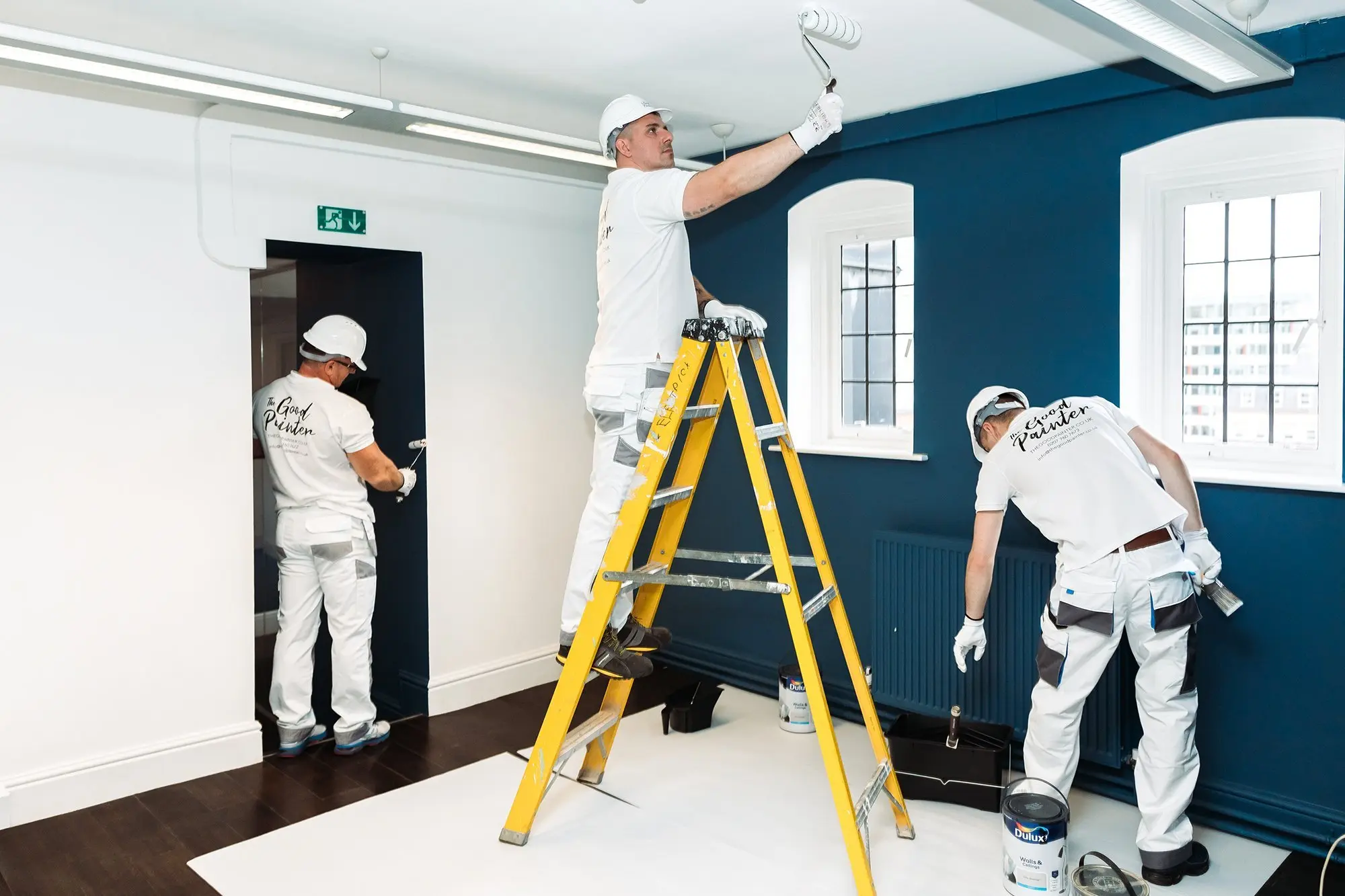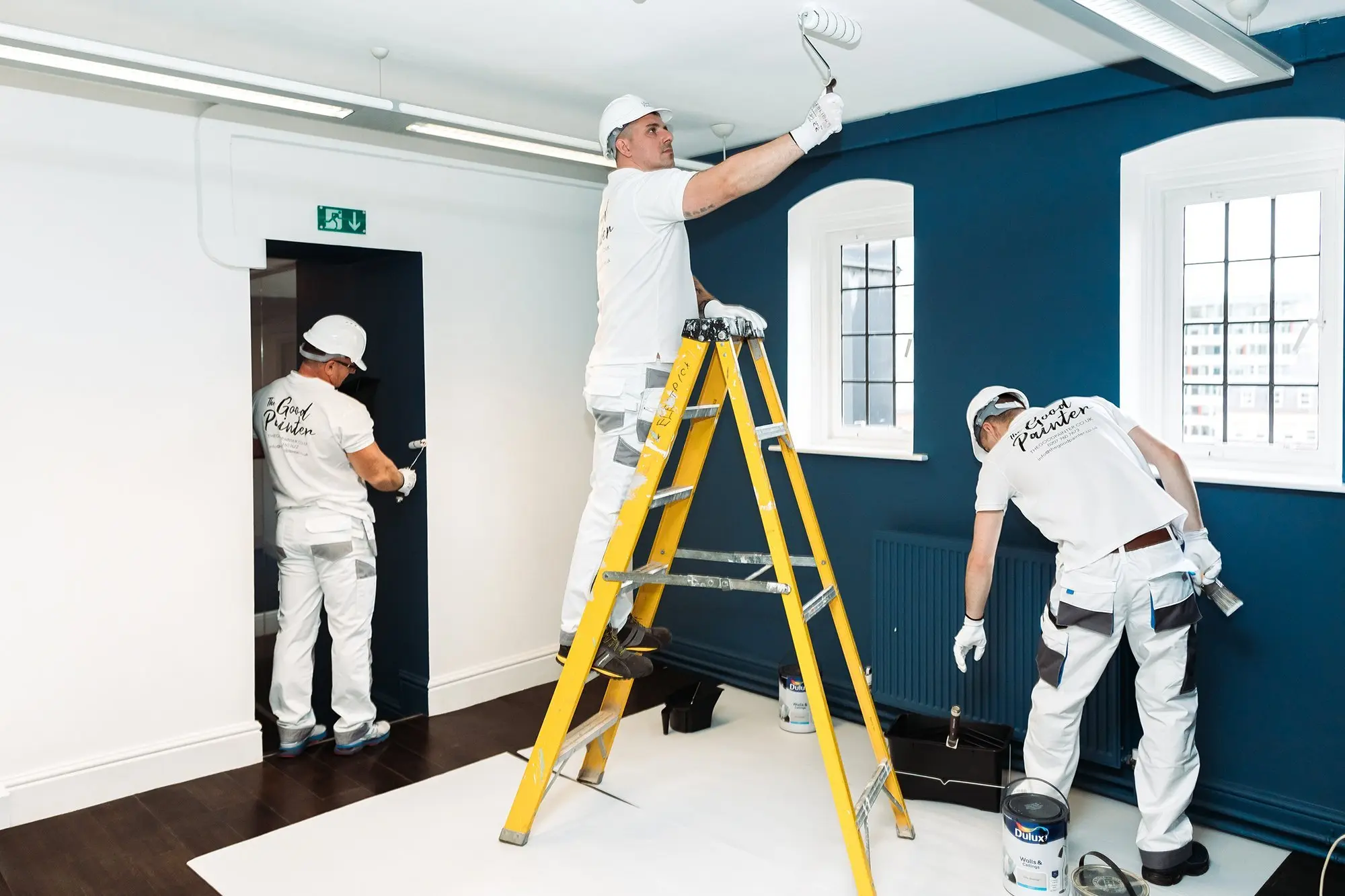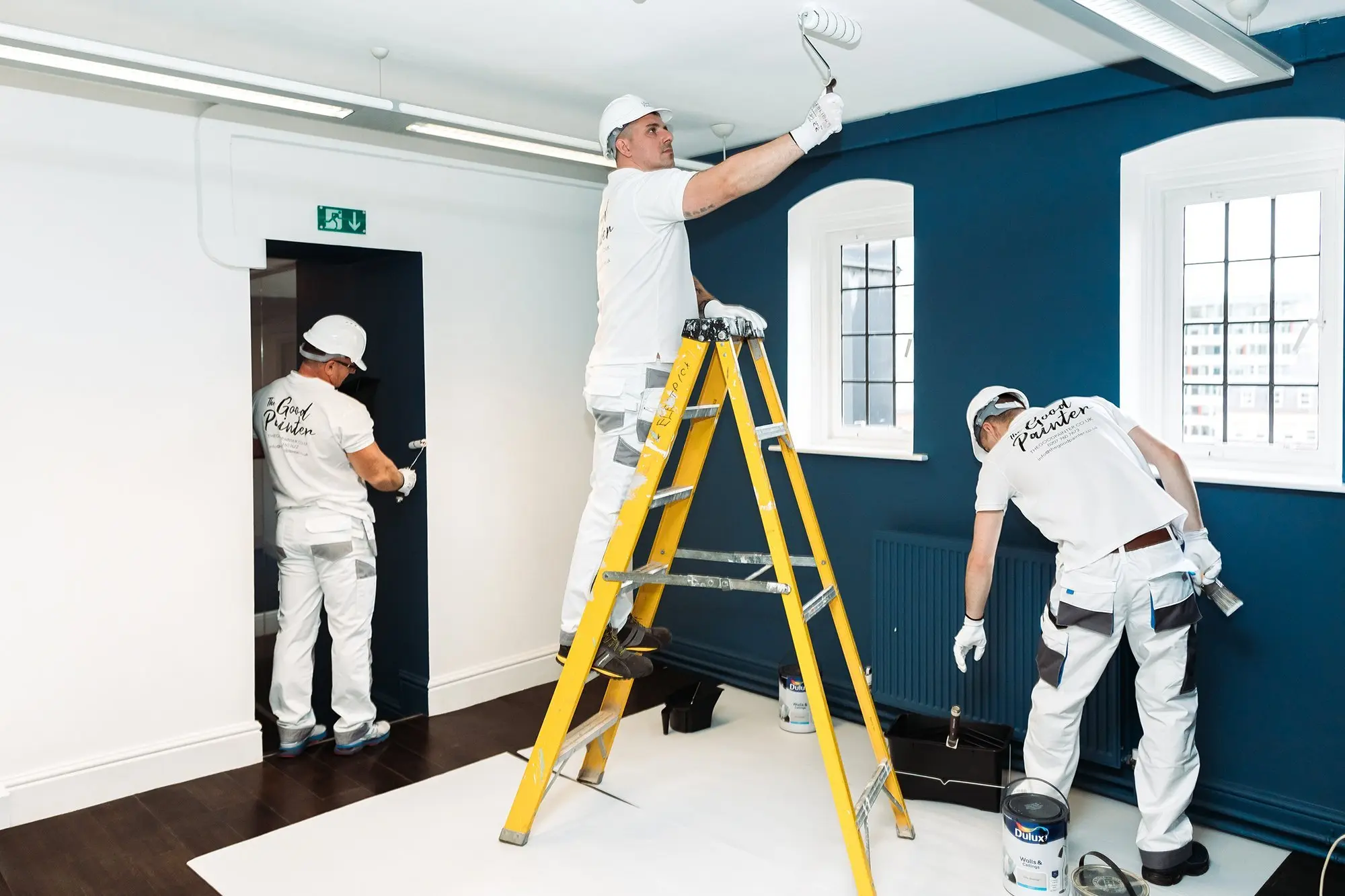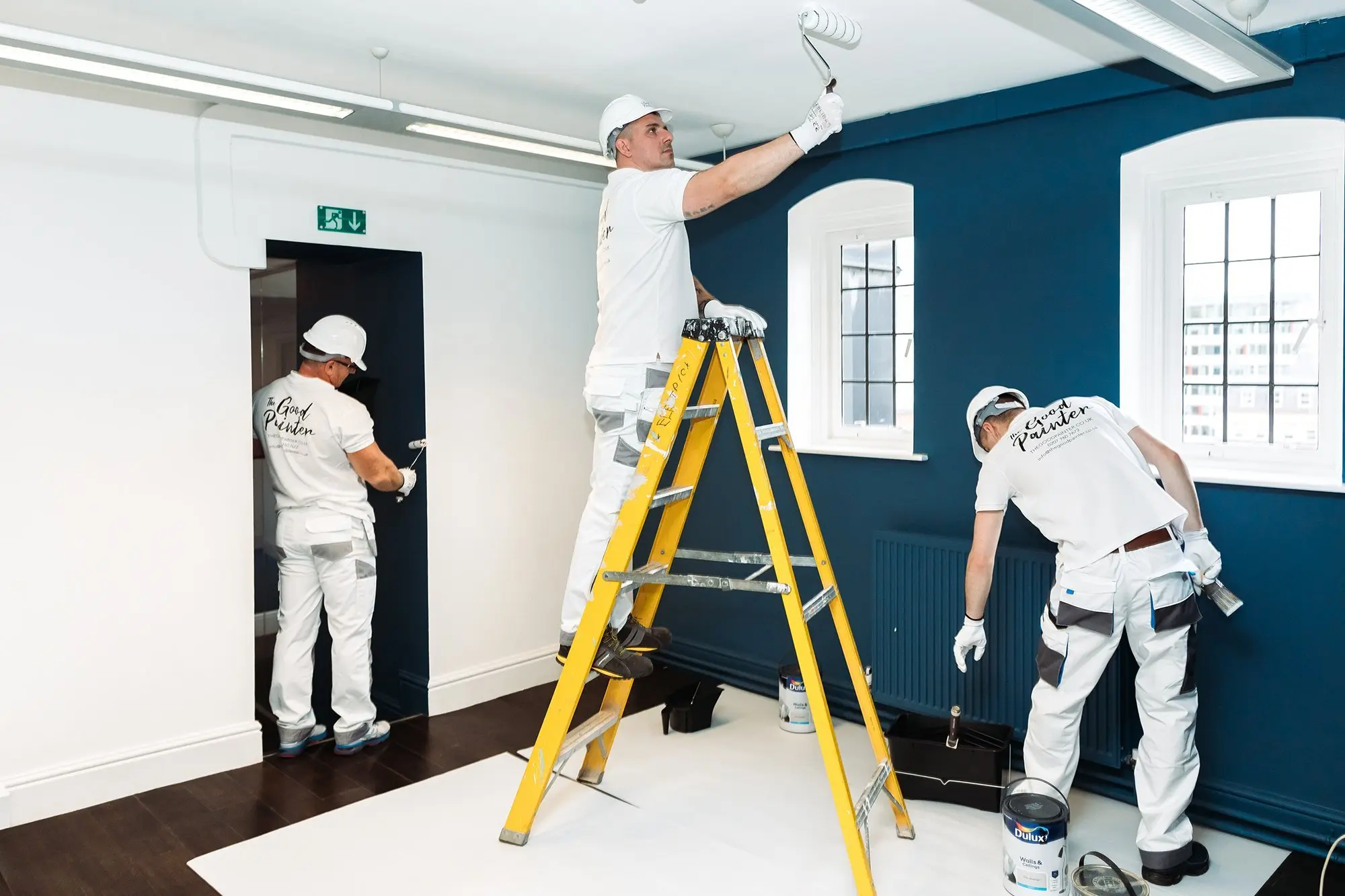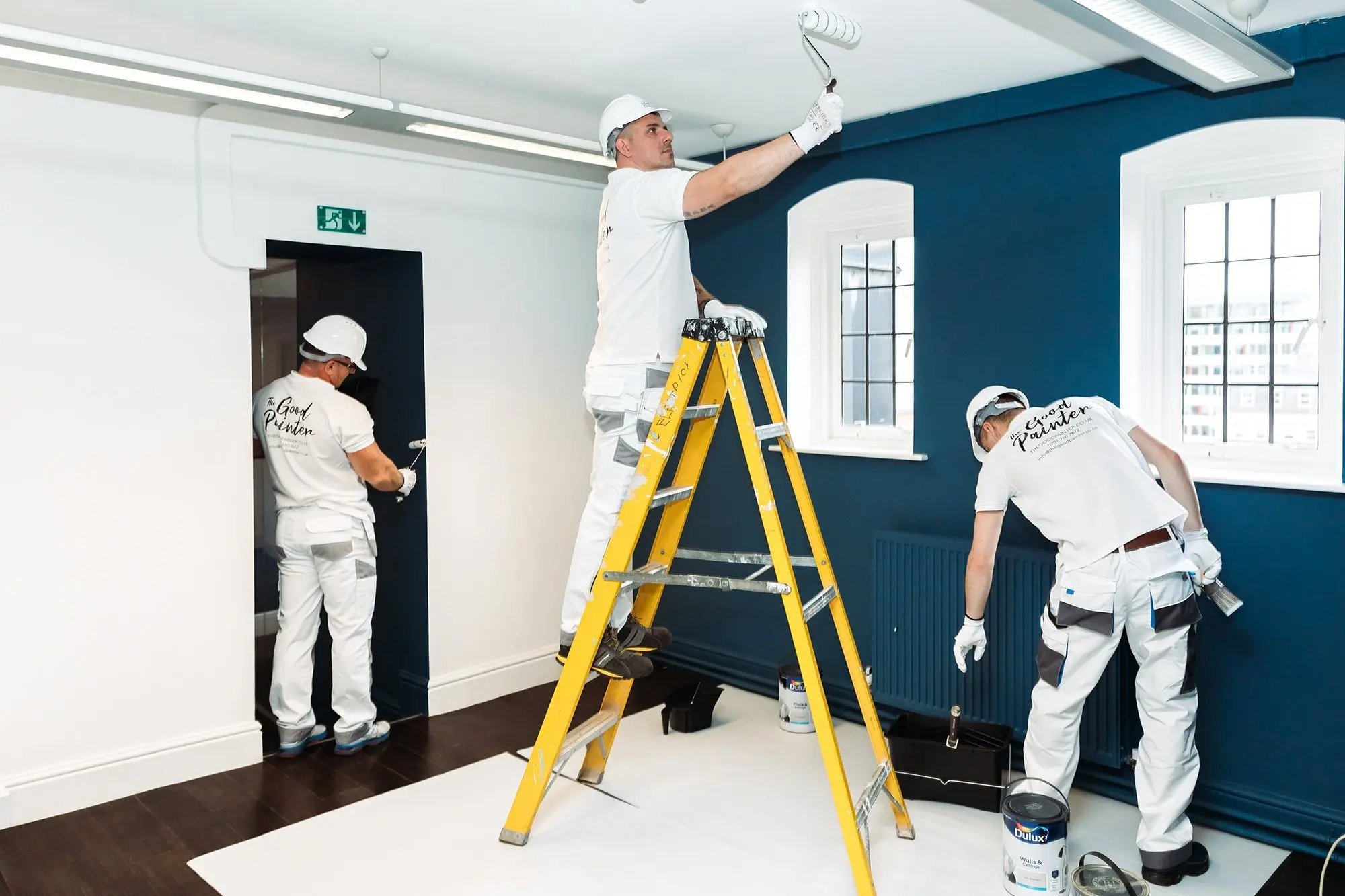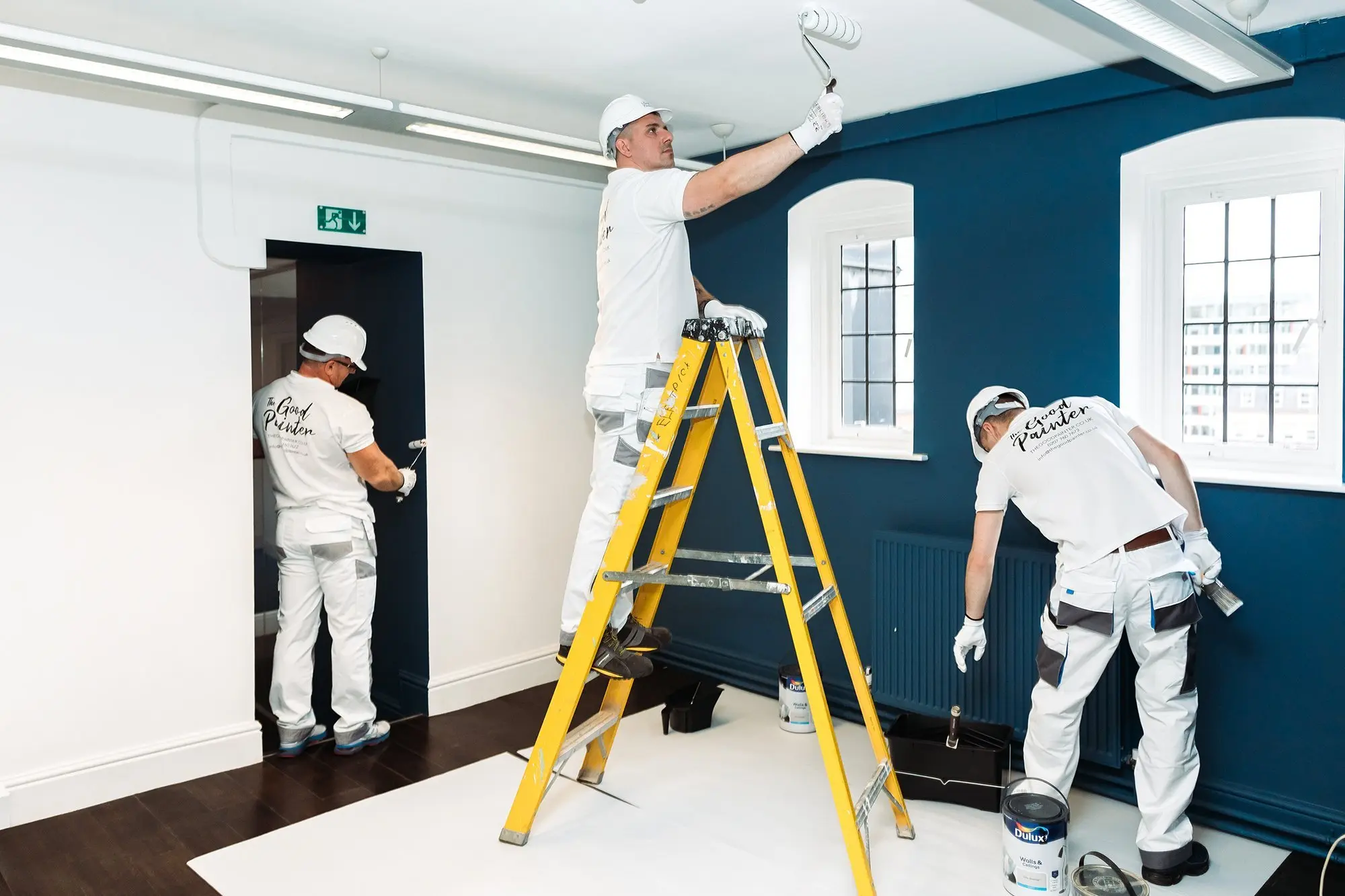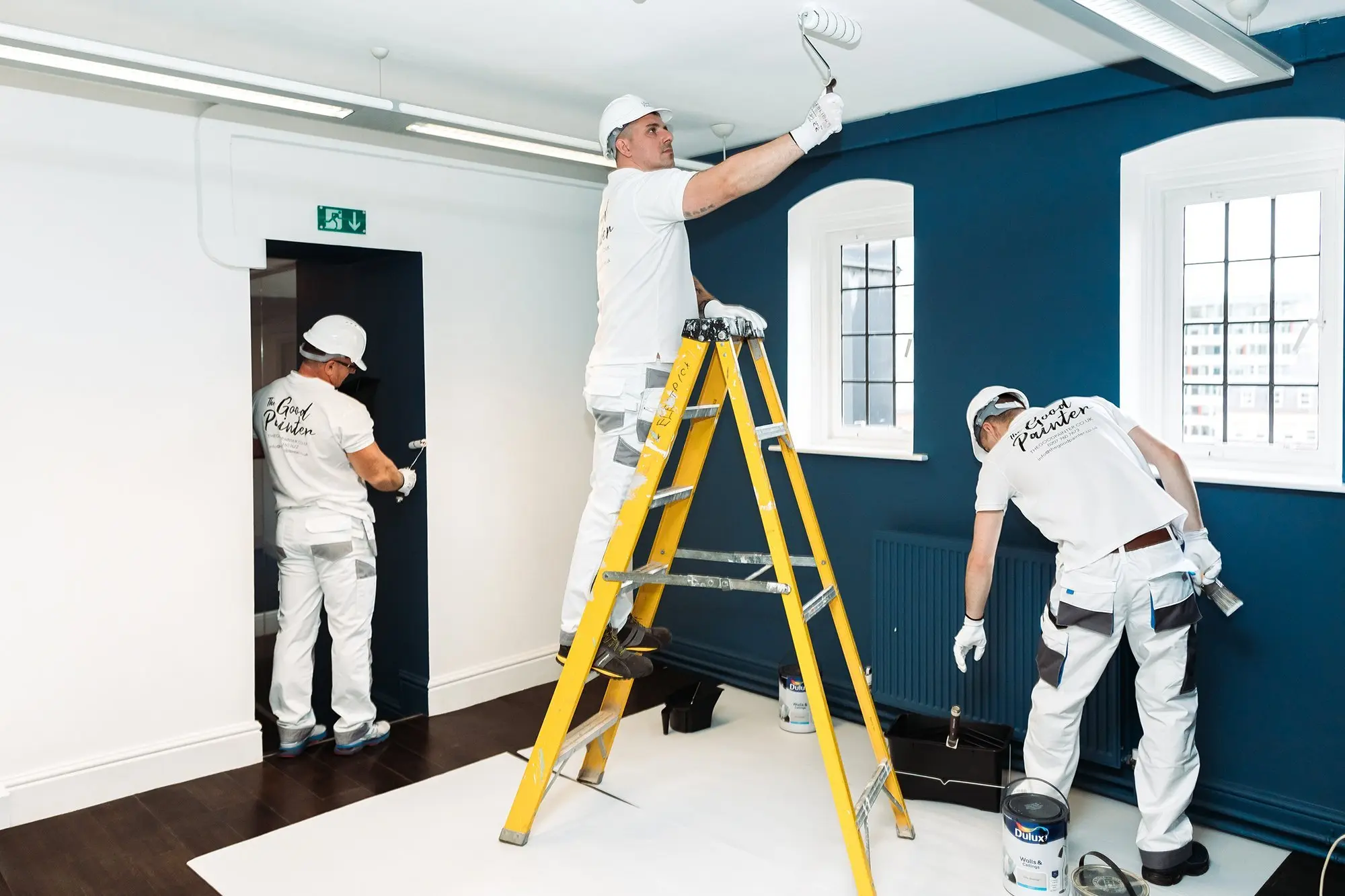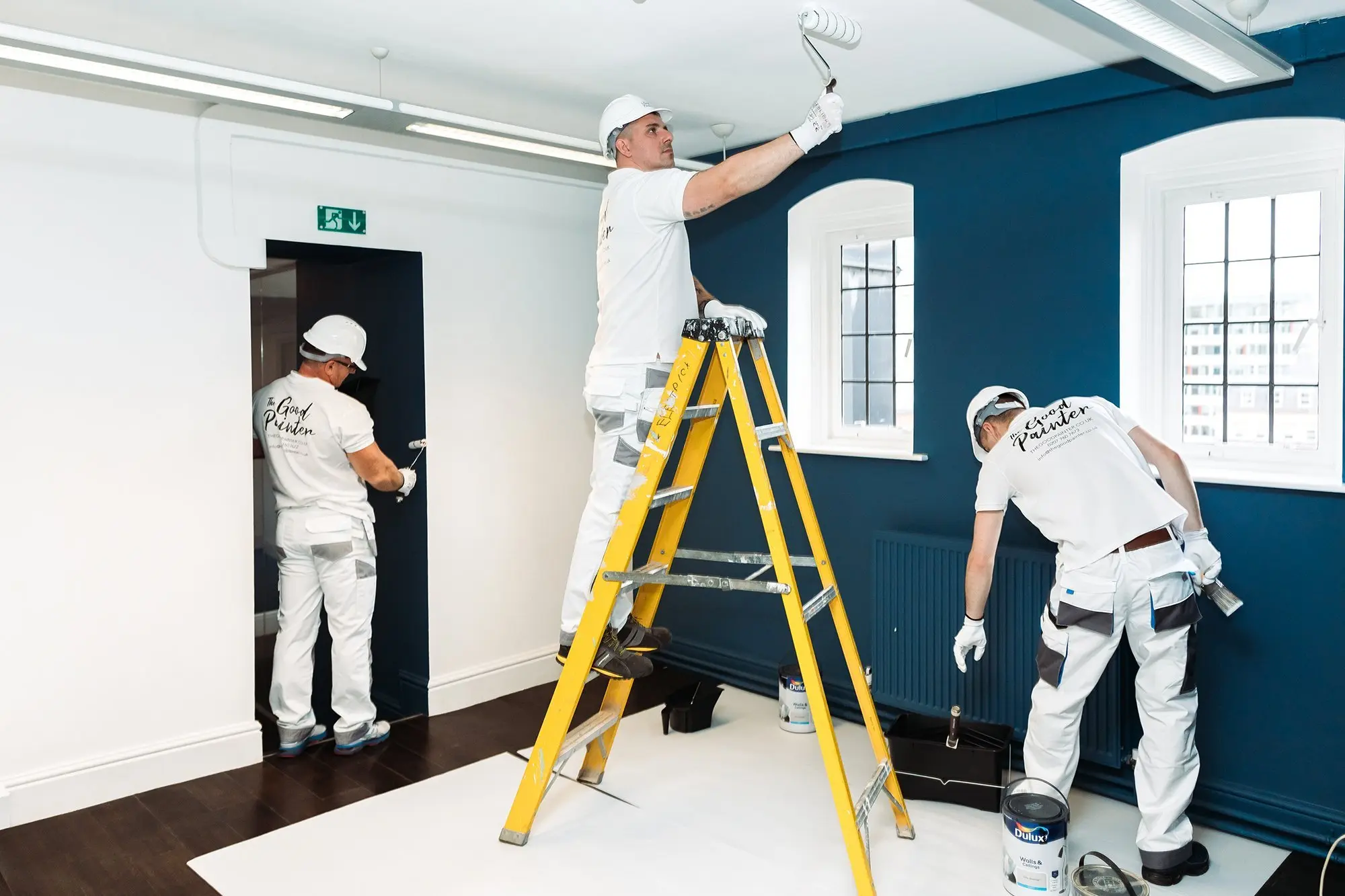Interior decorating is a creative and rewarding profession that transforms spaces and brings clients' visions to life. However, like any business, interior decorators face unique risks that require specialized insurance coverage. Whether you're an independent decorator, run a boutique design firm, or work as part of a larger interior design company, having the right insurance protection is crucial for your business's success and longevity.
Understanding Interior Decorator Insurance
Interior decorator insurance is a specialized form of commercial insurance designed to protect interior design professionals from the unique risks they face in their daily operations. This coverage goes beyond standard business insurance to address the specific challenges that decorators encounter, from client property damage to professional liability claims.
Interior decorators work in clients' homes and commercial spaces, handling valuable furnishings, artwork, and personal belongings. They make recommendations on color schemes, furniture placement, lighting, and décor that can significantly impact a space's functionality and value. This level of responsibility requires comprehensive insurance protection.
Key Risks Facing Interior Decorators
Interior decorators face numerous risks that can result in significant financial losses:
Property Damage Risks
Working in clients' homes and businesses means constant exposure to potential property damage. Accidentally damaging expensive furniture, artwork, or architectural features can result in costly claims. Paint spills on valuable carpets, scratches on antique furniture, or damage to walls during installation work are common scenarios that decorators must be prepared for.
Professional Liability Exposure
Interior decorators provide professional advice and services that clients rely on for important decisions. If a design recommendation leads to problems – such as suggesting paint that damages surfaces, recommending furniture that proves unsuitable, or creating layouts that don't meet building codes – decorators can face professional liability claims.
Client Property in Care
Decorators often have custody of valuable client property, including artwork, antiques, and expensive furnishings. Whether items are damaged, lost, or stolen while in the decorator's care, the financial responsibility can be substantial.
Supplier and Contractor Issues
Interior decorators frequently work with suppliers, contractors, and subcontractors. Problems with deliveries, installation work, or supplier failures can reflect on the decorator and potentially lead to client claims.
Essential Coverage Types for Interior Decorators
Professional Indemnity Insurance
This is arguably the most important coverage for interior decorators. Professional indemnity insurance protects against claims arising from professional advice, services, or recommendations. It covers legal costs and compensation payments when clients allege that professional services have caused them financial loss.
For interior decorators, this might include claims related to:
- Design recommendations that prove unsuitable or problematic
- Failure to meet project deadlines causing client losses
- Errors in space planning or measurements
- Advice that doesn't comply with building regulations
- Breach of confidentiality regarding client information
Public Liability Insurance
Public liability insurance protects against claims for injury or property damage caused to third parties during business operations. For interior decorators, this coverage is essential when working in client premises.
Common scenarios include:
- Clients or visitors injured by equipment or materials
- Damage to client property during decorating work
- Accidents caused by temporary installations or displays
- Injury from falling objects or unstable displays
Product Liability Insurance
Interior decorators who supply furniture, fixtures, or decorative items need product liability coverage. This protects against claims arising from defective products that cause injury or damage.
Employers' Liability Insurance
If you employ staff, including part-time assistants or apprentices, employers' liability insurance is legally required. This covers claims from employees who are injured or become ill due to their work.
Commercial Property Insurance
This protects your business premises, equipment, stock, and contents. For interior decorators, this includes:
- Office or studio premises
- Computer equipment and design software
- Sample books and materials
- Furniture and fixture inventory
- Client property temporarily in your care
Business Interruption Insurance
Business interruption insurance provides financial support if your business operations are disrupted by insured events. This can cover lost income, ongoing expenses, and additional costs incurred during the interruption period.
Cyber Liability Insurance
With increasing digitalization, interior decorators face cyber risks including data breaches, system failures, and cyber attacks. This coverage protects against the costs of data breaches, system restoration, and regulatory fines.
Specialized Considerations for Different Types of Interior Decorators
Residential Interior Decorators
Those specializing in residential work face unique risks related to working in people's homes. Coverage should address damage to personal belongings, family heirlooms, and residential property. The intimate nature of residential work also increases privacy and confidentiality risks.
Commercial Interior Decorators
Decorators working on commercial projects face different challenges, including larger-scale installations, compliance with commercial building codes, and coordination with multiple contractors. Coverage limits may need to be higher to reflect the increased exposure.
Retail Interior Decorators
Those operating from retail premises or showrooms need coverage for their physical location, inventory, and customer visits to their premises. Product liability becomes particularly important when selling furniture and accessories directly to clients.
Freelance and Independent Decorators
Solo practitioners need comprehensive coverage despite potentially lower turnover. Professional indemnity insurance is particularly crucial as independent decorators may not have the backing of larger firms.
Factors Affecting Interior Decorator Insurance Premiums
Several factors influence the cost of interior decorator insurance:
Business Size and Turnover
Higher turnover generally means higher premiums, but also reflects the scale of operations and potential exposure.
Services Offered
The range of services provided affects risk levels. Decorators who also handle installation work or manage construction projects face higher risks than those providing design advice only.
Client Base
Working with high-net-worth clients or on valuable properties increases potential claim values and premiums.
Geographic Location
Operating in areas with higher property values or increased litigation risks can affect premium costs.
Claims History
A clean claims record helps keep premiums competitive, while previous claims can increase costs.
Risk Management Measures
Implementing good risk management practices, such as detailed contracts, proper documentation, and safety procedures, can help reduce premiums.
Choosing the Right Interior Decorator Insurance Policy
Assess Your Specific Risks
Consider the types of projects you work on, the value of client property you handle, and the potential consequences of various risk scenarios.
Determine Appropriate Coverage Limits
Coverage limits should reflect the potential financial impact of claims. Consider the value of properties you work on and the potential costs of professional liability claims.
Review Policy Exclusions
Understand what's not covered by your policy. Common exclusions might include certain types of work, specific materials, or particular circumstances.
Consider Aggregate vs. Per-Claim Limits
Understand whether your policy limits apply per claim or in aggregate over the policy period.
Evaluate Excess Levels
Higher excesses can reduce premiums but increase your financial exposure when claims occur.
Check Geographical Coverage
Ensure your policy covers all locations where you work, including any international projects.
Claims Management and Prevention
Implementing Risk Management Strategies
- Maintain detailed contracts outlining scope of work and responsibilities
- Document all client communications and decisions
- Use professional suppliers and contractors
- Implement quality control procedures
- Maintain professional development and training
Proper Documentation
Keep comprehensive records of all projects, including photographs, correspondence, and decision-making processes. This documentation can be crucial in defending against claims.
Client Communication
Clear, regular communication with clients helps prevent misunderstandings that can lead to disputes. Ensure clients understand limitations, timescales, and their own responsibilities.
Professional Standards
Maintain high professional standards and stay current with industry best practices, regulations, and trends.
The Claims Process
Immediate Steps When Issues Arise
- Notify your insurer immediately when you become aware of potential claims
- Document the situation thoroughly
- Avoid admitting liability or making commitments without insurer approval
- Preserve all relevant evidence and documentation
Working with Your Insurer
Your insurance company will typically appoint specialists to handle claims, including solicitors experienced in professional indemnity matters. Cooperate fully with their investigation and follow their guidance.
Legal and Regulatory Considerations
Building Regulations Compliance
Interior decorators must ensure their work complies with relevant building regulations, particularly regarding fire safety, accessibility, and structural modifications.
Health and Safety Obligations
Decorators have responsibilities under health and safety legislation, both for their own employees and when working on client premises.
Consumer Protection Laws
When working with residential clients, decorators must comply with consumer protection legislation, including cooling-off periods and fair trading requirements.
Data Protection
With access to client homes and personal information, decorators must comply with data protection regulations.
Industry Trends Affecting Insurance Needs
Sustainability Focus
Growing emphasis on sustainable and eco-friendly decorating practices may introduce new risks and coverage considerations.
Technology Integration
Increasing use of virtual reality, 3D modeling, and smart home technology creates new professional liability exposures.
Online Business Models
Digital consultations and online services create new risks around cyber security and remote service delivery.
Supply Chain Challenges
Global supply chain disruptions can affect project timelines and increase business interruption risks.
Cost Considerations and Budgeting
Interior decorator insurance costs vary significantly based on business size, services offered, and risk factors. As a general guide:
- Basic professional indemnity coverage for small decorators might start from £200-400 annually
- Comprehensive coverage packages for established businesses could range from £500-2000+ annually
- High-end decorators working on valuable properties may require more expensive coverage
Consider insurance as an essential business investment rather than just a cost. The financial protection it provides far outweighs the premium expense.
Working with Insurance Brokers
Specialist insurance brokers who understand the interior decorating industry can provide valuable assistance in:
- Assessing your specific risk profile
- Comparing coverage options from multiple insurers
- Negotiating competitive terms
- Providing ongoing support and claims assistance
- Keeping you informed of industry developments
Conclusion
Interior decorator insurance is not just a business necessity – it's a professional responsibility. The creative and personal nature of interior decorating work, combined with the financial values involved and the trust clients place in decorators, creates significant risk exposures that require proper insurance protection.
The right insurance coverage allows interior decorators to focus on their creative work with confidence, knowing they're protected against the various risks their profession entails. From professional indemnity to public liability, each coverage type plays a crucial role in comprehensive protection.
As the interior decorating industry continues to evolve, with new technologies, changing client expectations, and emerging risks, having appropriate insurance coverage becomes increasingly important. Regular reviews of your insurance needs ensure your coverage keeps pace with your business development and industry changes.
Investing in comprehensive interior decorator insurance is investing in your business's future. It protects not only your financial interests but also your professional reputation and ability to continue serving clients with confidence.
For interior decorators serious about protecting their business and professional future, comprehensive insurance coverage is not optional – it's essential. Take the time to understand your risks, assess your coverage needs, and work with experienced insurance professionals to ensure you have the protection your business deserves.
For expert advice on interior decorator insurance and competitive quotes tailored to your business needs, contact Insure24 at 0330 127 2333 or visit www.insure24.co.uk


 0330 127 2333
0330 127 2333
